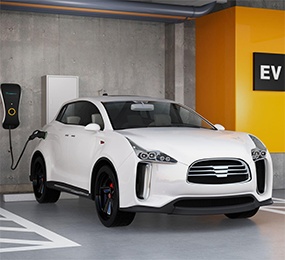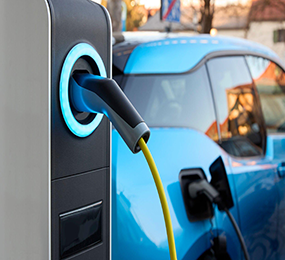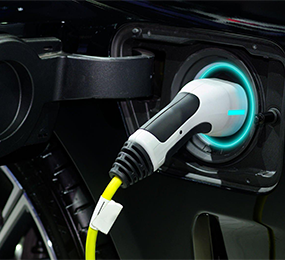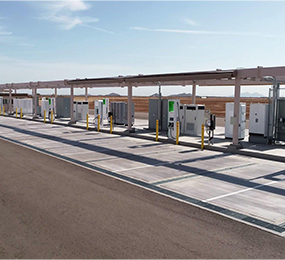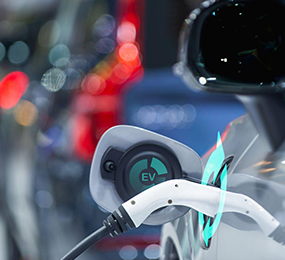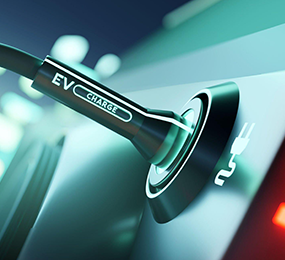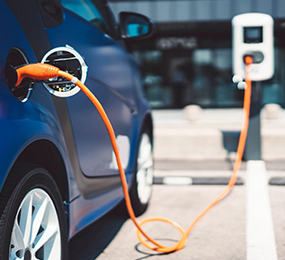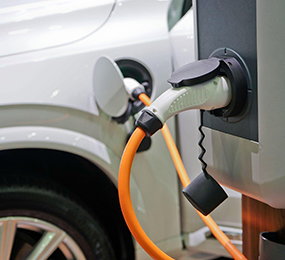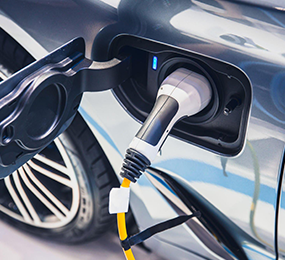Next Generation Charging: The Future is Wireless
Wireless Electric Vehicle Charging (WEVC) Electric, autonomous, linked, and wireless urban transportation is the future. With fleets of electric and hybrid vehicles on the roads in major cities across the world, the industry is working on the next big thing in electric mobility: wireless electric vehicle charging. In recent years, there has been a substantial increase in the development of wireless charging solutions for automobiles. Integrating the technology into electric vehicles and strategically placing charging stations throughout cities and at owners' homes might reduce the need to plug in automobiles for charging to some extent.
Taxi wireless charging will be a viable alternative to plugs and charging outlets. The system might possibly allow many cabs to charge at the same time, making charging easier and more comfortable for drivers. It might also help to reduce street debris.
With the rising environmental effect of fuel-powered cars, electric taxi fleets in congested metropolitan areas are crucial in reducing transportation emissions and cleaning up the air. With more individuals choosing for electric vehicles, the new technology can be widely adopted for public usage. This, in turn, would allow ordinary electric vehicle owners to charge more readily on the move. However, the time required to charge wirelessly may diminish a taxi driver's earning potential, a concern that is well-known and being addressed.
Future wireless charging trends are expected to revolve around dynamic electric vehicle charging (DEVC), which allows vehicles to be charged while they are in motion. Because the EV battery can be charged while traveling on roads and highways, the technique has the potential to significantly increase the range of electric vehicles. Furthermore, DEVC reduces the need for significant energy storage, allowing vehicles to be lighter and more compact.
The next generation of wireless charging for electric automobiles is being developed by researchers.
International standards and more adaptable implementations will be required for wireless charging. Both are in the works. Charging while parking, for example, is expected to be available in consumer automobiles in 2022. In the lab, there is also more versatile technology. Standard wireless charging approaches work best between two objects separated by a fixed distance, but a Stanford team announced in April a system capable of efficiently transferring power to a moving device within arm's length — technology that could someday help cut power cords at home and on the road.
Bringing innovative technologies to market
Electric vehicles are becoming a huge industry, and charging them will necessitate the installation of tens of millions of charging stations, which will cost approximately $50 billion by 2030 (up from roughly $5 billion now). Wireless parking lots, assuming they function effectively with a range of cars, have a good chance of becoming a gold rush.
Because the distance between a car's carriage and the road is relatively constant, charging automobiles in motion is also an option with current technology.
Visit our website to know more: https://www.leadventgrp.com/events/ev-charging-infrastructure-forum/details
For more information and group participation, contact us: [email protected]
Leadvent Group - Industry Leading Events for Business Leaders!
www.leadventgrp.com| [email protected]


